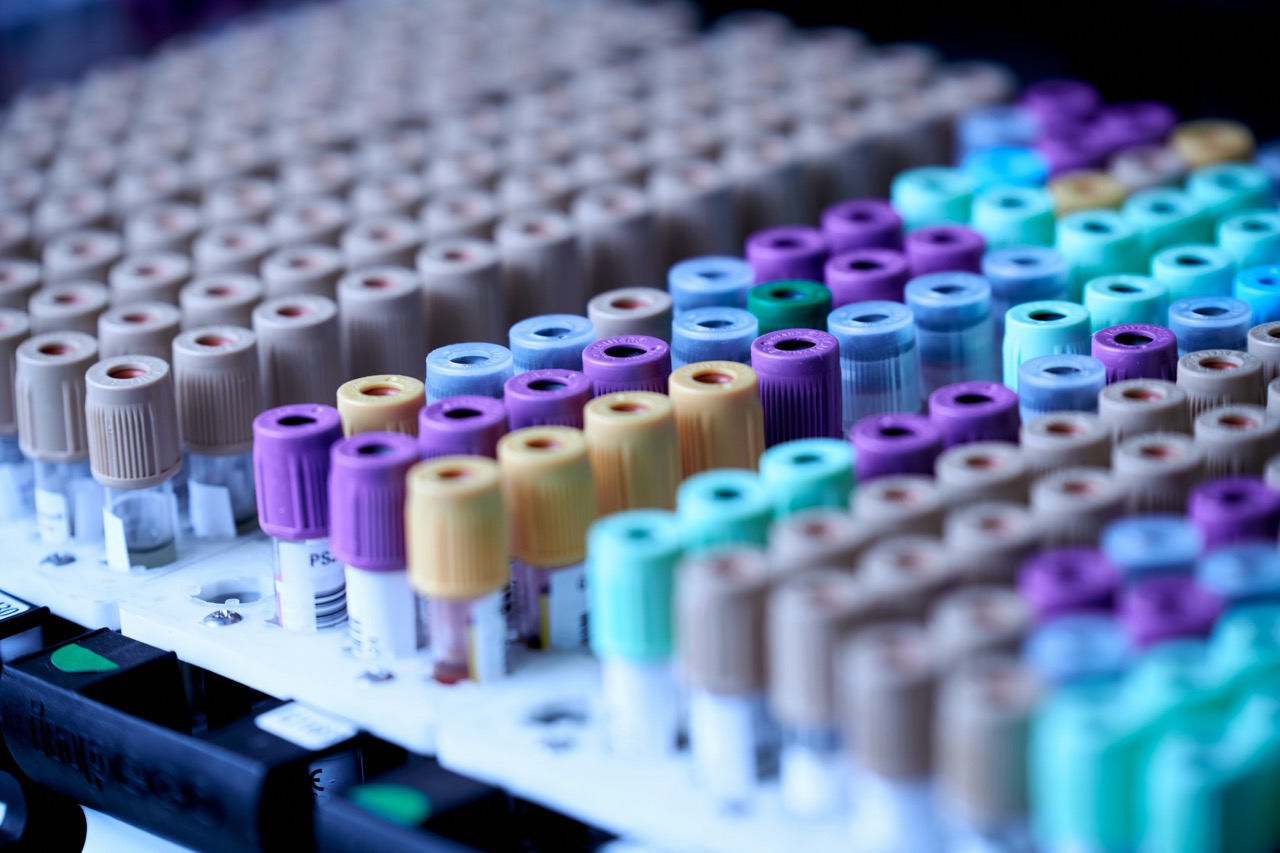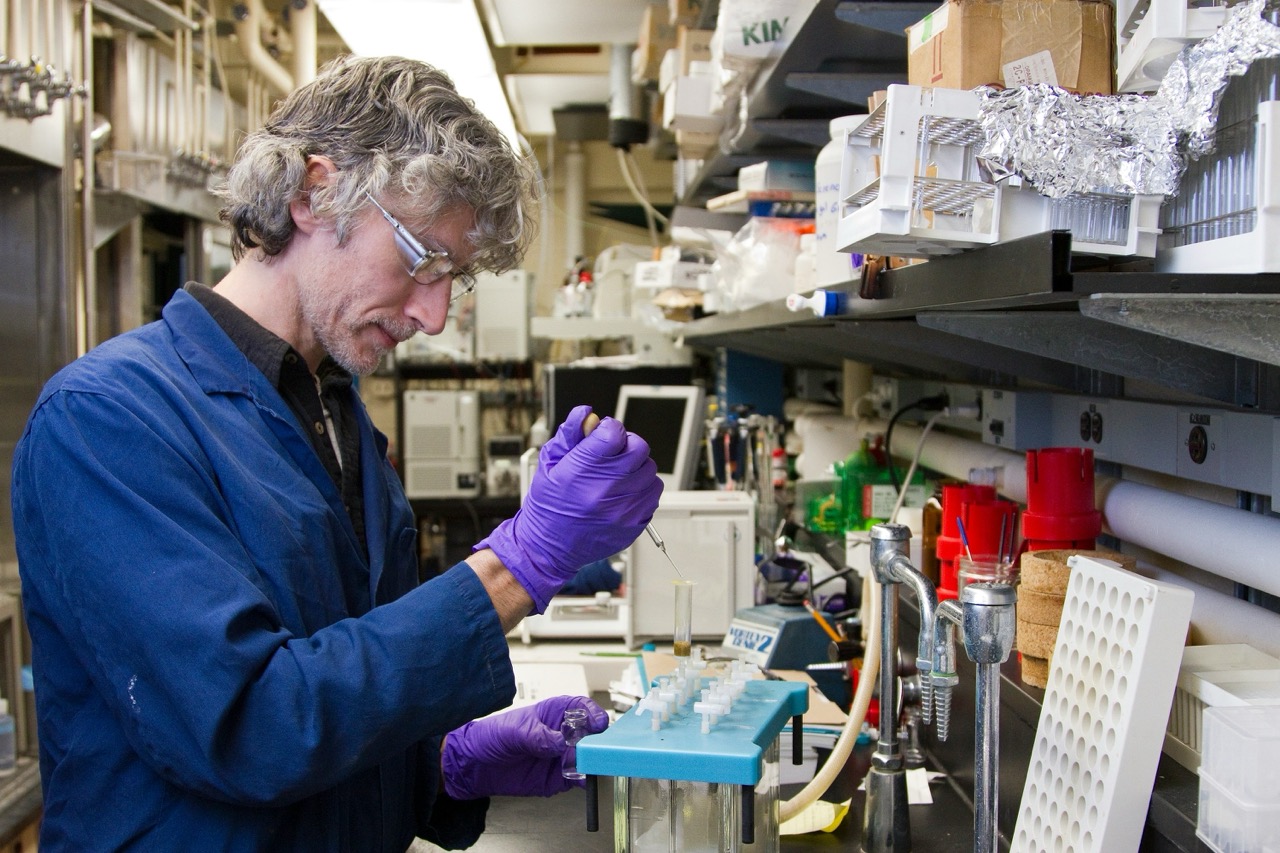Sexually transmitted diseases (STDs) have long posed a significant public health challenge, affecting millions of individuals worldwide. The advent of home STD test kits has emerged as a revolutionary approach to sexual health, enabling people to test themselves in the privacy of their own homes. However, questions about the accuracy, reliability, and overall efficacy of these kits remain prevalent. This article seeks to explore the various facets of home STD test kits, from their methodologies to the implications of their results, providing a thorough understanding to both medical professionals and the general public.
Understanding Home STD Test Kits: An Overview
Home STD test kits are designed to empower individuals to take charge of their sexual health by providing a convenient and discreet means of testing for sexually transmitted infections. Typically, these kits include everything needed for testing, such as collection swabs, urine vials, or blood sample collection devices, along with detailed instructions for use. Users can collect samples in a non-clinical setting and send them to a laboratory or receive immediate results through digital platforms. This innovative approach reduces barriers such as stigma and accessibility, encouraging more individuals to engage in proactive health behaviors.
Despite their convenience, it is essential to differentiate between various home testing kits available on the market. Some kits are FDA-approved, while others may not have undergone rigorous testing standards. Therefore, consumers must conduct thorough research to select a reliable product that meets regulatory guidelines. Understanding the nature of the test and the specific STDs it screens for is crucial for informed decision-making.
The Science Behind Home STD Testing Methodologies
Home STD test kits utilize various methodologies to detect the presence of infections. Common techniques include enzyme-linked immunosorbent assays (ELISA), nucleic acid amplification tests (NAAT), and rapid antibody tests. ELISA is frequently used for testing blood samples, detecting specific antibodies produced in response to an infection. NAATs, on the other hand, are particularly effective for detecting genetic material from pathogens, making them suitable for certain STDs like chlamydia and gonorrhea.
The choice of methodology influences not only the accuracy of test results but also the timeframe for detection. Most home kits are designed to minimize the potential for false negatives or positives by employing advanced technologies. However, users must be aware that each method has its own window period—the time after exposure during which an STD can be reliably detected—making proper timing crucial for accurate testing.
Accuracy of Home STD Tests: A Comprehensive Analysis
The accuracy of home STD tests varies significantly depending on the type of test, the STD being tested, and the user’s adherence to instructions. Clinical studies have demonstrated that many home kits can achieve sensitivity and specificity rates comparable to traditional clinical laboratory tests. For instance, tests for HIV and syphilis show high reliability in home settings, while others may exhibit limitations based on the sample type or testing conditions.
However, it’s important to note that no test is 100% accurate. False positives and false negatives can occur, particularly if the test is conducted improperly or if it is used outside the recommended window period. Therefore, while home STD tests can be a valuable first step in sexual health management, users should remain cautious about the potential for inaccurate results.
Comparing Home STD Kits to Clinical Testing Procedures
When comparing home STD test kits to traditional clinical testing procedures, a variety of factors come into play. Clinical testing typically occurs in a controlled environment, where healthcare professionals administer tests, ensuring proper protocols are followed. This can lead to higher accuracy and the ability to perform immediate follow-up tests if necessary. Additionally, healthcare providers can offer counseling and support based on results, which is a significant advantage over home testing.
On the other hand, home STD test kits offer unparalleled convenience and privacy. They allow individuals to bypass the often-anxiety-inducing process of visiting a clinic, which may deter some from seeking necessary testing. Furthermore, the rapid turnaround for results can motivate individuals to take action regarding their sexual health more promptly than if they were to wait for a clinical appointment. Nevertheless, the choice between home and clinical testing should be made with careful consideration of personal circumstances and the nature of potential exposure.
Types of STDs: Which Can Be Tested at Home?
Home STD test kits can effectively screen for various sexually transmitted infections, although the specific STDs available for home testing can vary by product. Commonly tested STDs include human immunodeficiency virus (HIV), syphilis, hepatitis B and C, chlamydia, and gonorrhea. These kits utilize different sample types—such as blood, urine, or oral swabs—depending on the STD in question.
While many home test kits provide a broad spectrum of tests, it is vital for users to confirm which infections their chosen kit screens for. Some kits may focus on a single infection, while others offer a combination panel. Understanding available testing options aids users in making informed decisions about their sexual health and encourages timely diagnosis and treatment.
Evaluating the Reliability of Home Test Results
The reliability of home test results hinges on several factors, including the quality of the testing kit, the accuracy of sample collection, and the user’s adherence to instructions. High-quality home kits that have been validated through clinical trials generally yield reliable results. However, user error during sample collection or testing procedures can significantly impact outcomes. For example, an improper blood sample collection can lead to insufficient or contaminated samples, skewing results.
Users must also be vigilant about the expiration dates and storage conditions of their test kits, as these factors can affect their reliability. It is advisable to consult the manufacturer’s guidelines to ensure that the test kit is still effective. Understanding the potential for variability in test results reinforces the importance of follow-up with healthcare providers for confirmation and further evaluation.
User Instructions: Properly Using Home STD Test Kits
To achieve accurate results from home STD test kits, it is crucial for users to follow the provided instructions meticulously. Each kit comes with specific guidelines on how to collect samples, handle them, and send them for analysis. In many cases, users must wash their hands, avoid certain substances, or refrain from sexual activity for a specified period before testing to ensure the integrity of the sample.
Additionally, users should consider timing when conducting tests, as the window period for reliable detection varies by STD. For instance, testing for HIV too early may yield a false negative; therefore, adhering to recommended testing intervals enhances the likelihood of accurate results. A thorough understanding of these factors is vital for effective home testing.
Interpreting Results: What Do They Mean for You?
Interpreting the results of home STD tests is a crucial step in understanding one’s sexual health. Most kits provide clear guidelines on how to read results, typically indicating whether the test is positive, negative, or inconclusive. A negative result generally suggests that no infection is present; however, it is essential to consider the timing of the test and the window period associated with specific STDs.
In the event of a positive result, users should not panic but rather seek confirmation through clinical testing. It is essential to remember that a positive result does not provide a definitive diagnosis; only a healthcare professional can confirm an STD and discuss treatment options. Additionally, users should be aware of the emotional impact that a positive result may entail and seek support if needed.
Limitations and Considerations of Home Testing
While home STD testing presents numerous advantages, there are notable limitations and considerations. One significant drawback is the lack of professional guidance during the testing process. Users do not have immediate access to healthcare support, which can be particularly important if they receive an unexpected or alarming result. This absence of medical oversight may lead to anxiety or confusion about the next steps to take.
Moreover, home tests may not be suitable for all individuals, particularly those with complex health histories or risk factors that require comprehensive evaluation by a healthcare provider. For example, pregnant individuals or those with compromised immune systems may need specialized testing that home kits do not offer. It is critical for potential users to understand their health needs before opting for home testing.
Cost-Effectiveness of Home STD Testing Solutions
The cost-effectiveness of home STD testing solutions is an appealing feature for many individuals. Traditional STD testing can involve a range of costs, including clinic visits, lab fees, and potential follow-up consultations. Conversely, home testing kits are often available at a lower price point and eliminate the need for a medical appointment. This financial accessibility encourages more people to take proactive steps toward their sexual health.
However, it is essential for users to weigh the costs against potential limitations. While home tests can save money, they may also result in additional expenses if follow-up clinical testing is needed after an inconclusive or positive result. Users should consider the overall value of the testing option in the context of their individual circumstances, including personal health risks and financial considerations.
Privacy and Confidentiality: Home Testing Advantages
One of the most significant advantages of home STD testing is the privacy and confidentiality it affords users. Many individuals experience anxiety or stigma associated with seeking STD testing in a clinical setting, which can deter them from undergoing necessary evaluations. Home testing mitigates these concerns, allowing users to collect samples and receive results in a secure environment.
Additionally, reputable home test kit providers have stringent privacy policies in place to protect user data. Most kits are designed to ensure anonymity, with packaging that does not disclose the nature of the contents. This confidentiality fosters a sense of security, encouraging individuals to take the important step of testing without fear of judgment or exposure.
When to Consult a Healthcare Professional After Testing
Consulting a healthcare professional after testing is a crucial step, especially in the event of a positive or inconclusive result. Users should not solely rely on home testing for a definitive diagnosis; instead, they should seek clinical confirmation. Healthcare providers can perform additional tests, elucidate results, and discuss treatment options tailored to individual needs.
Moreover, a healthcare professional can provide critical support in understanding the implications of a positive result. This includes discussing preventive measures, facilitating contact tracing for partners, and addressing any emotional or psychological concerns that may arise. Engaging with a healthcare provider ensures that individuals have access to comprehensive care, promoting better overall sexual health outcomes.
In summary, home STD test kits offer a convenient and private alternative for individuals seeking to manage their sexual health. While they demonstrate a commendable level of accuracy and reliability, users must remain aware of their limitations and the importance of consulting healthcare professionals for confirmation and comprehensive care. By understanding the nuances of home testing, individuals can make informed decisions that empower them to take charge of their sexual health, ultimately contributing to broader public health efforts in combating STDs.










